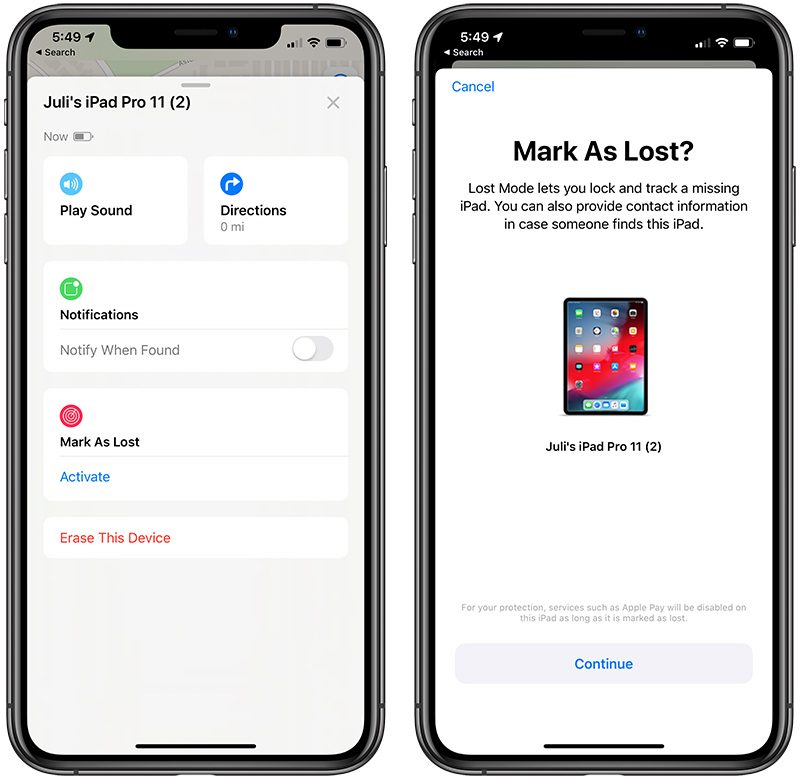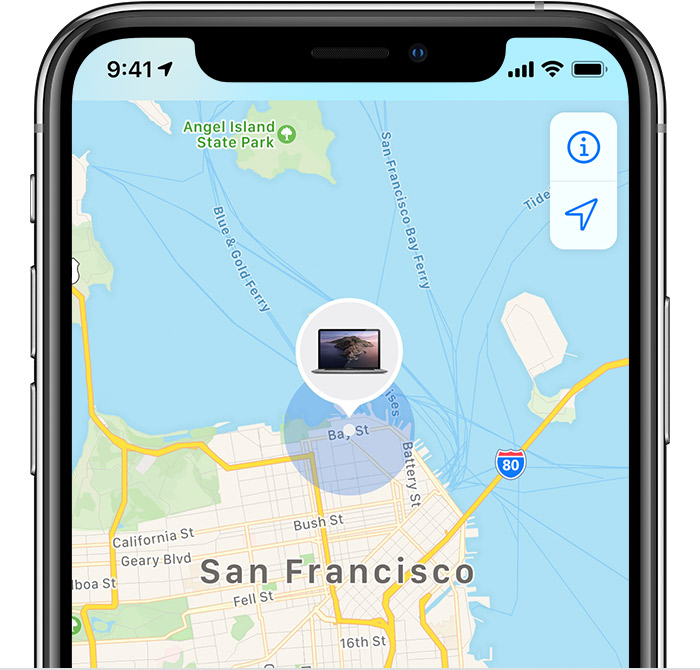Location my phone Apple
Keep in mind that if your lost or stolen phone does not have GPS or if it does have GPS, but is not in clear view of the sky, your location may be reported as a wide area. If the phone is indoors or in a place where it cannot directly see the GPS satellites, the system automatically uses alternative location technologies.
Locate your devices easily.
In these cases, you may receive a location with an accuracy of a few hundred yards or more. When you request a location you will be given the best possible location fix given the conditions. The most common reasons are:. Even if you have text messaging turned off, you can still subscribe and use the service.
Google wrote in a statement that it had consulted with the domestic violence group Community Overcoming Relationship Abuse about how to handle location sharing.
It's even easier with a 6S
As a result, it does start sending users email notifications that can't be unsubscribed from, sent at unpredictable intervals to foil abusers who might have the phone in hand. Those notifications, Google says, start 24 hours of their location sharing being turned on, and continue "frequently thereafter"—though clearly not frequent enough for me to have seen those notifications during the day my wife had used Google Maps to track me.
Apple, meanwhile, explained that when a new contact is added in Find My Friends, the location sharer sees a notification in their Messages history with that contact that can't be deleted. But in my wife's case, I had already added her as a contact in Find My Friends at some point in the past, but later turned off location sharing altogether in the app, since that seemed like the most straightforward on-off switch.
When my wife flipped that switch back on during the experiment, it didn't generate a notification, allowing her to start snooping again with no warning. Even worse, when my colleague Lily Hay Newman and I began testing Apple's notifications by adding and deleting each other from Find My Friends, we found a method that seemed to allow anyone to add themselves as a contact in Find My Friends without any notification to the phone's owner, circumventing Apple's safeguard.
- How to set up Find My iPhone, iPad, iPod touch, Apple Watch, AirPods.
- iCloud - Find My - Apple!
- mobile number tracking tool Pixel 4.
I won't reveal details here to avoid enabling stealthier stalking. Apple confirmed to me that it was aware of the issue but didn't acknowledge that it represented a problem and didn't respond to my question as to whether or how it intends to fix it.
How to find your iPhone even after the battery dies
Apple did tell me that in the new version of Find My Friends in iOS 13, which will now be known as Find My, the app will offer one more safety feature: When a user sets up a "geofence"—an option that sends an alert when a person they're tracking enters or leaves a certain place—the location sharer will now get the same undeletable notification in Messages.
Otherwise, the company says, the new location-sharing app's safeguards will function much like the old one.

When I told the Cornell Tech and NYU researchers about the results of my tests and the companies' responses, they argued that none of them have sufficiently considered this dead-simple way to abuse their apps. The researchers point out that Glympse, Google, and Apple could all do more to notify or remind users that they're sharing their locations.
An immediate push notification or email that warns the user that their location is being shared might be useless, since the abuser who still had access to the device would be able to quickly delete it. But if that warning came several hours later—still sooner than Google sends one—and then was periodically repeated with a certain frequency, it could be far more effective. But the researchers were adamant that the issue of someone with physical access to a device abusing legitimate software goes well beyond any single company, or even just location sharing.
Tech firms, they argue, need to take into account that the user's biggest privacy threat may have access to the phone at times, may know its PIN, may even be sleeping on the other side of the bed—and companies should design their systems accordingly. This is endemic to computer security in general. Need help?
The Simple Way Apple and Google Let Domestic Abusers Stalk Victims
You can call the National Domestic Violence Hotline at , or visit their website at thehotline. Weak Safeguards. Greenberg's reporting on Ukraine's cyberwar including an excerpt from Sandworm has won a Read more.
- best tracking phone ZTE Blade.
- smartphone tracker for Google Pixel.
- smartphone spy on Vivo Y17.
- How to find your iPhone’s last location even after the battery dies.
- Screenshots!
- Apple Tag device trackers: When will Apple's AirTags launch?.
But while security experts immediately wondered whether Find My would also offer a new opportunity to track unwitting users, Apple says it built the feature on a unique encryption system carefully designed to prevent exactly that sort of tracking—even by Apple itself. In upcoming versions of iOS and macOS, the new Find My feature will broadcast Bluetooth signals from Apple devices even when they're offline, allowing nearby Apple devices to relay their location to the cloud.
That should help you locate your stolen laptop even when it's sleeping in a thief's bag. And it turns out that Apple's elaborate encryption scheme is also designed not only to prevent interlopers from identifying or tracking an iDevice from its Bluetooth signal, but also to keep Apple itself from learning device locations, even as it allows you to pinpoint yours. In a background phone call with WIRED following its keynote, Apple broke down that privacy element, explaining how its "encrypted and anonymous" system avoids leaking your location data willy nilly, even as your devices broadcast a Bluetooth signal explicitly designed to let you track your device.
The solution to that paradox, it turns out, is a trick that requires you to own at least two Apple devices.
